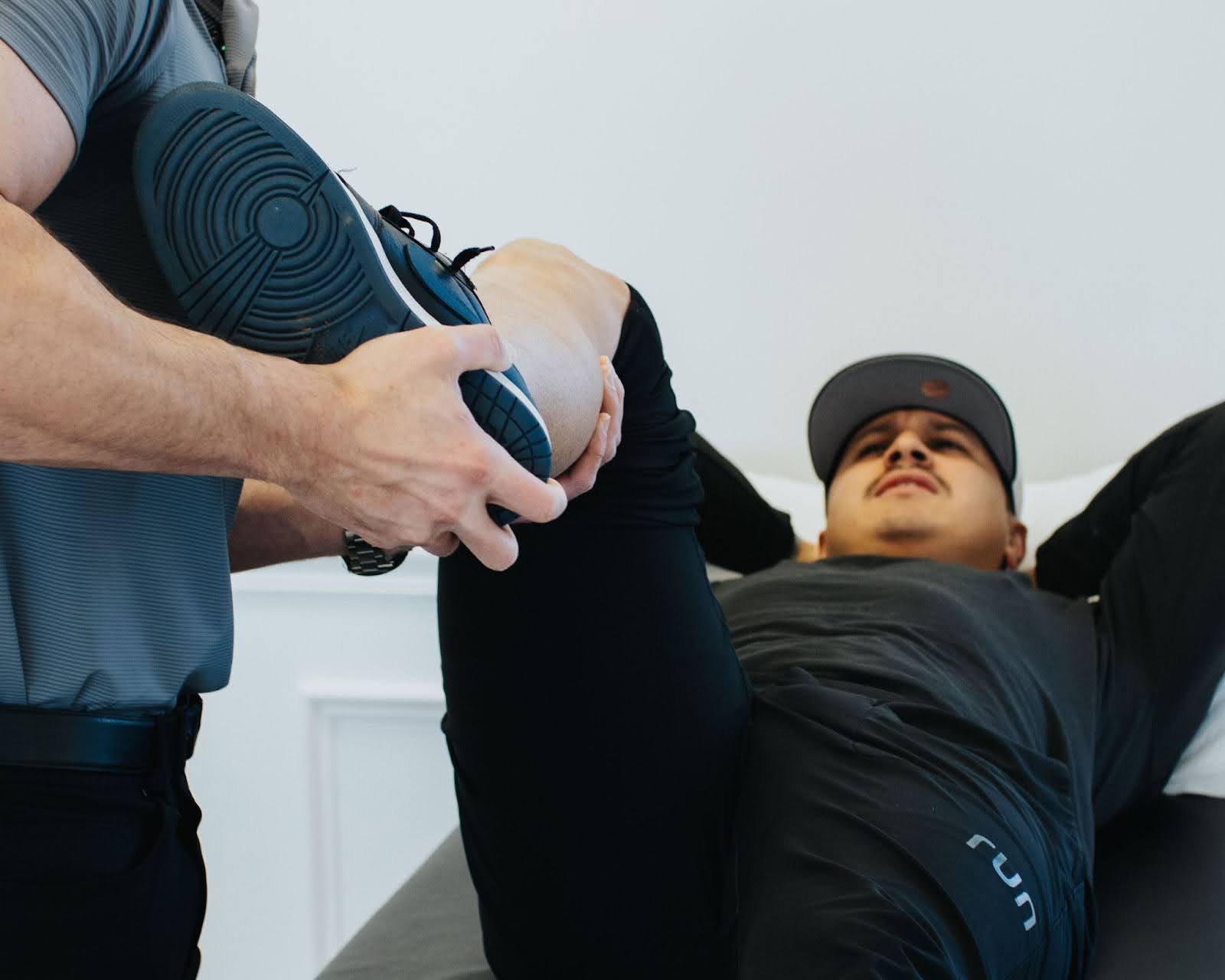Exercise therapy is a specialized branch of physical rehabilitation that uses targeted movements to support recovery from musculoskeletal injuries. These individualized exercise programs can reduce pain, improve strength and flexibility, and enhance overall function. At Revive Health & Wellness in Point Pleasant, NJ, our expert clinicians design customized exercise plans to meet each patient’s unique needs. In the sections that follow, you’ll discover how to assess your baseline, apply core techniques, and integrate best practices for optimal results.
Evidence and Research Supporting Exercise Therapy
Numerous studies affirm the effectiveness of exercise therapy in injury rehabilitation. A systematic review found moderate‑certainty evidence that exercise is probably effective for treating chronic low back pain when compared with no treatment or usual care. Similarly, a meta‑analysis of randomized controlled trials concluded that appropriately dosed exercise regimens can significantly reduce chronic primary pain and improve quality of life across a range of conditions.
Comparative research highlights the value of both stretching and strength training for improving range of motion. One review revealed that 12 months of regular stretching yielded comparable gains in flexibility to strength training in patients with chronic neck pain. These findings underscore the importance of incorporating multiple exercise modalities to accelerate tissue healing and functional recovery.
Principles of Effective Exercise Therapy
Individualized Assessment
A thorough initial assessment is essential to identify your specific injury characteristics, such as range‑of‑motion limitations, muscle imbalances, and postural deviations. Techniques like goniometric measurement and manual muscle testing enable therapists to establish baselines, set realistic goals, and monitor progress objectively.
Progressive Overload
Progressive overload drives continued improvements in strength and endurance without jeopardizing healing tissues. For example, you might begin with bodyweight exercises and advance to resistance bands or light weights as tolerated, ensuring safe adaptation.
Multidimensional Approach
Addressing recovery from multiple angles, flexibility, strength, balance, and neuromuscular control, prevents compensations and reduces re‑injury risk. A well‑rounded program combines static and dynamic stretches, targeted strengthening, proprioceptive drills, and movement pattern training.
Core Exercise Therapy Techniques
Flexibility and Stretching
Static stretching improves muscle length and joint range of motion, while dynamic stretching primes tissues for activity. Incorporate techniques such as:
- Passive stretches (e.g., hamstring wall stretch) to relax muscles.
- Dynamic stretches (e.g., leg swings) to prepare for functional movements.
Studies show that regular stretching, performed at least three times per week, can increase flexibility by up to 20% over eight weeks.
Strength Training Exercises
Strengthening exercises promote muscle hypertrophy and joint stabilization, essential components for injury resilience. Key examples include:
- Resistance band routines for shoulder rotator cuff and hip abductors.
- Bodyweight movements such as squats and lunges to build foundational strength.
- Machine‑based or free‑weight lifts once cleared by your therapist, progressing in small increments.
Balance and Proprioception
Balance training enhances neuromuscular control and coordination, helping you regain confidence in movement. Exercises like:
- Single‑leg stands on firm and unstable surfaces.
- BOSU ball drills for ankle and knee stability.
These drills stimulate proprioceptive feedback loops, crucial for preventing future sprains or falls.
Neuromuscular Re‑education
Through manual therapy and guided movement drills, neuromuscular re‑education retrains proper muscle activation and joint tracking. Techniques include:
- Muscle activation drills (e.g., glute bridges with biofeedback).
- Movement pattern correction (e.g., squatting technique with tactile cueing).
Restoring optimal biomechanics reduces compensatory strain on adjacent tissues.
Special Considerations
Post‑Surgical Rehabilitation
Following orthopedic surgery, early mobilization and controlled loading encourage tissue healing and prevent stiffness. Your program will progress through phases, initial gentle range‑of‑motion, mid‑phase strength building, and late‑phase functional training, under close supervision.
Chronic Pain Management
Exercise therapy serves as a low‑risk, cost‑effective intervention for chronic primary pain conditions. Integrating pain neuroscience education with graded activity can further diminish pain perception and enhance participation in daily life.
Return to Sport or High‑Intensity Activities
A sport‑specific progression merges strength, agility, and plyometric drills, preparing you for the demands of athletic participation. Objective readiness tests such as hop tests or strength ratios, guide safe clearance back to sport.
Tips to Maximize Outcomes
Consistency and Adherence
Regular practice yields the best recovery outcomes. Even brief, daily sessions can outperform infrequent, longer workouts.
Proper Form and Technique
Quality over quantity: focus on controlled movements and correct alignment. Record yourself or work with your therapist to refine form, reducing undue joint stress.
Communication with Your Therapist
Maintain open dialogue about pain levels, challenges, and goals. Timely feedback allows your therapist to adjust exercise parameters for optimal safety and efficacy.
Conclusion
By embracing these principles, techniques, and evidence‑based strategies, you can harness the full potential of exercise therapy to rebuild strength, restore mobility, and prevent future injuries. Ready to begin your personalized rehabilitation plan? Schedule Your Exercise Therapy Session with Revive Health & Wellness in Point Pleasant, NJ today, and feel free to share your questions or experiences in the comments below. If you found this article helpful, please share it with friends or family embarking on their own recovery journey!


